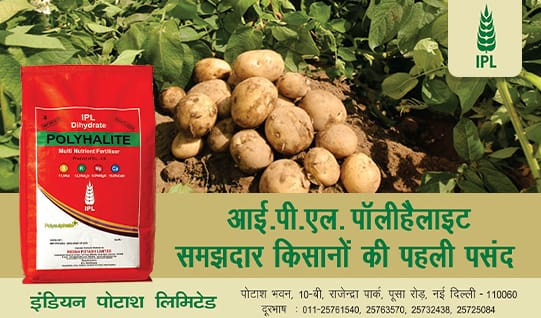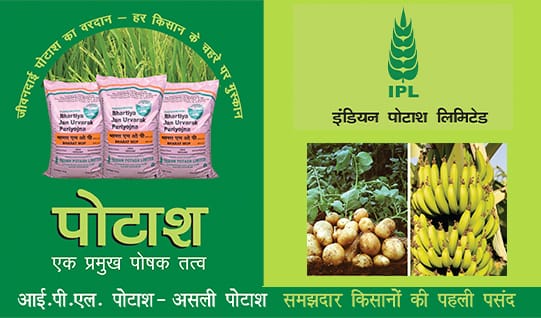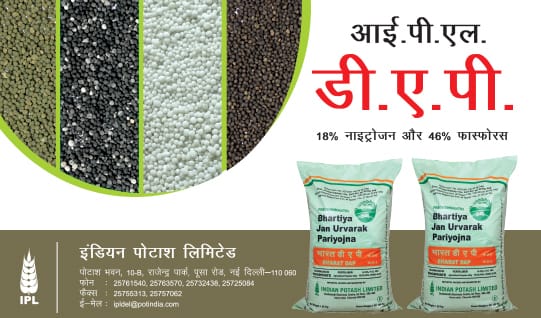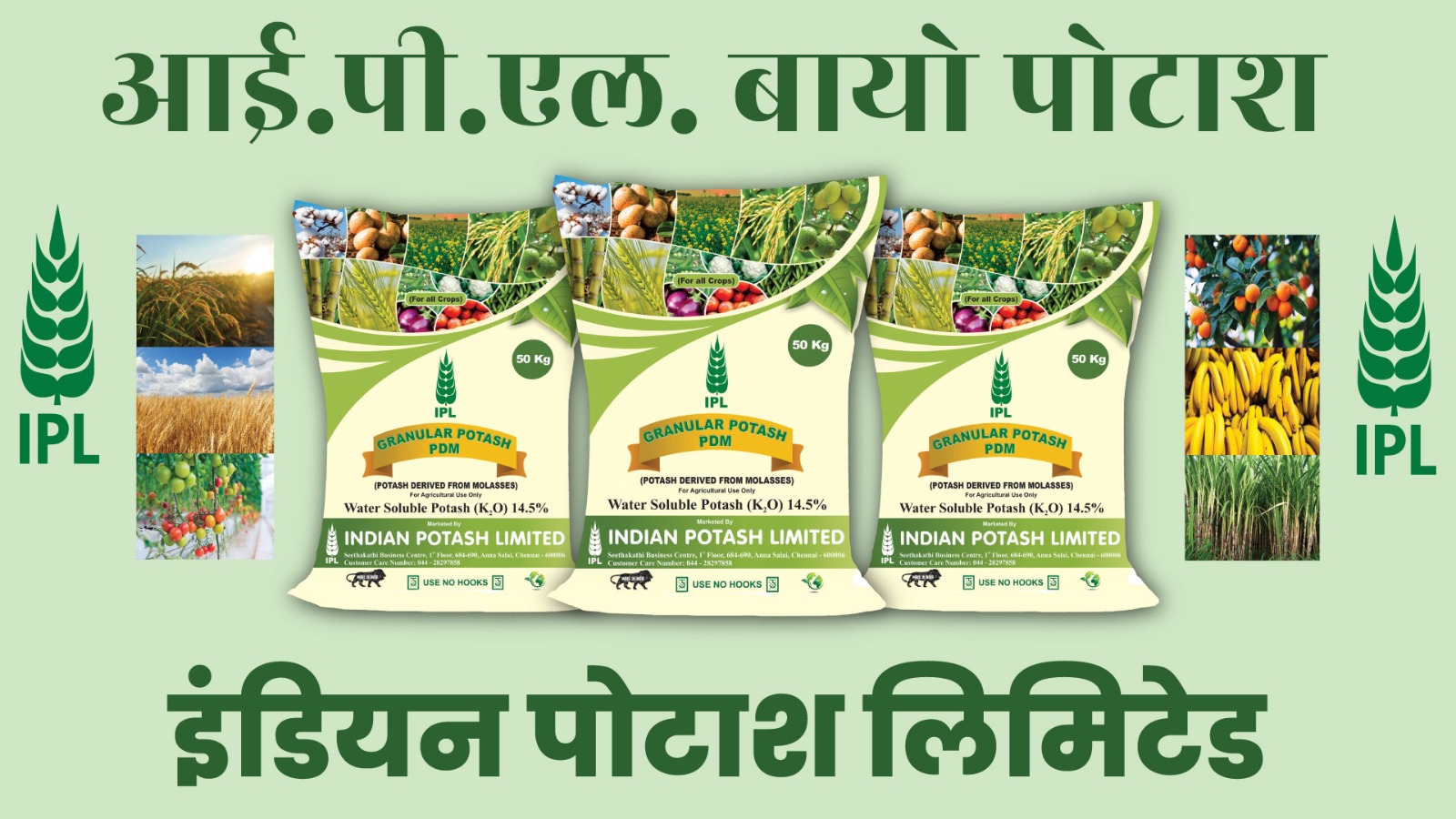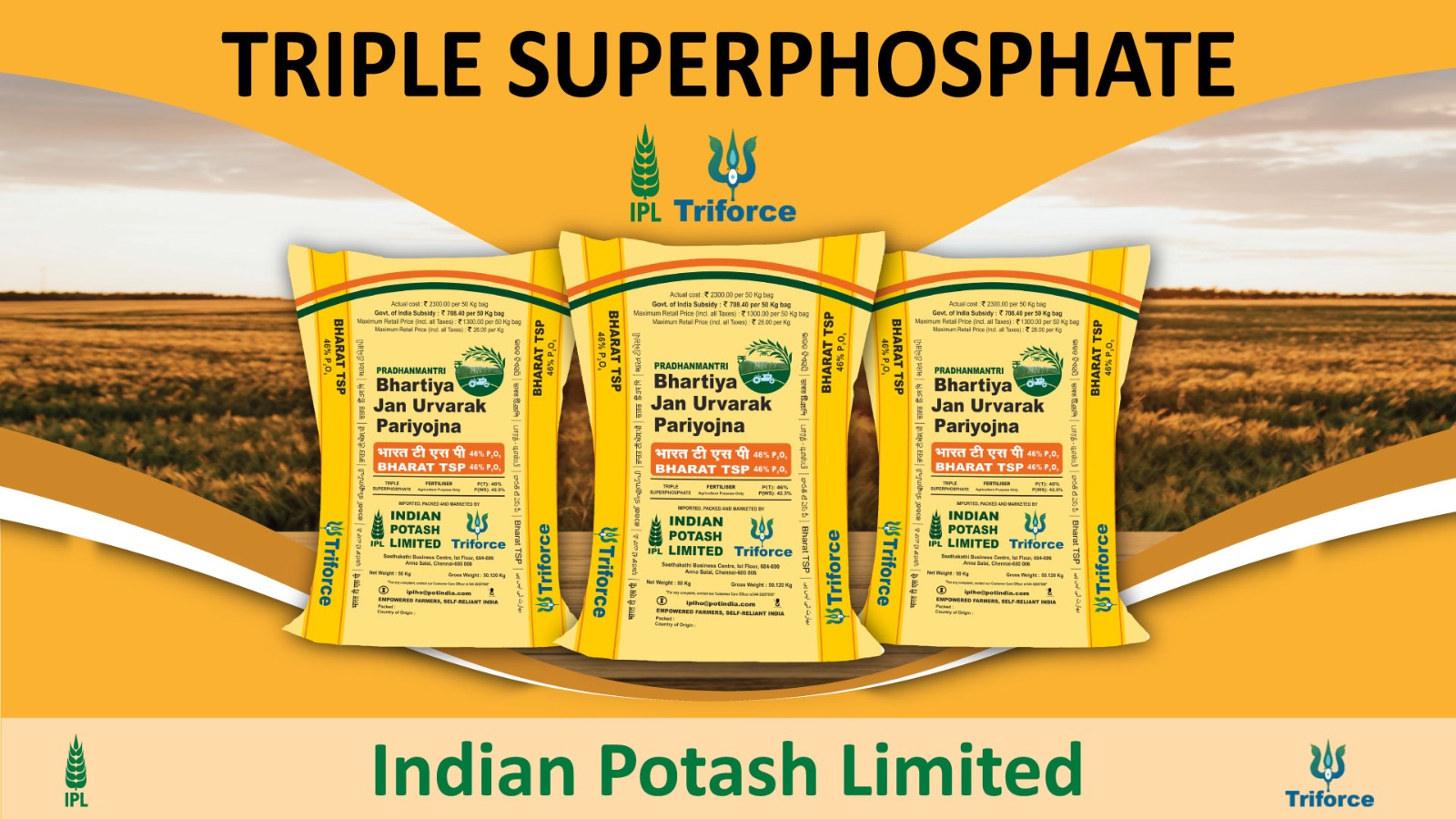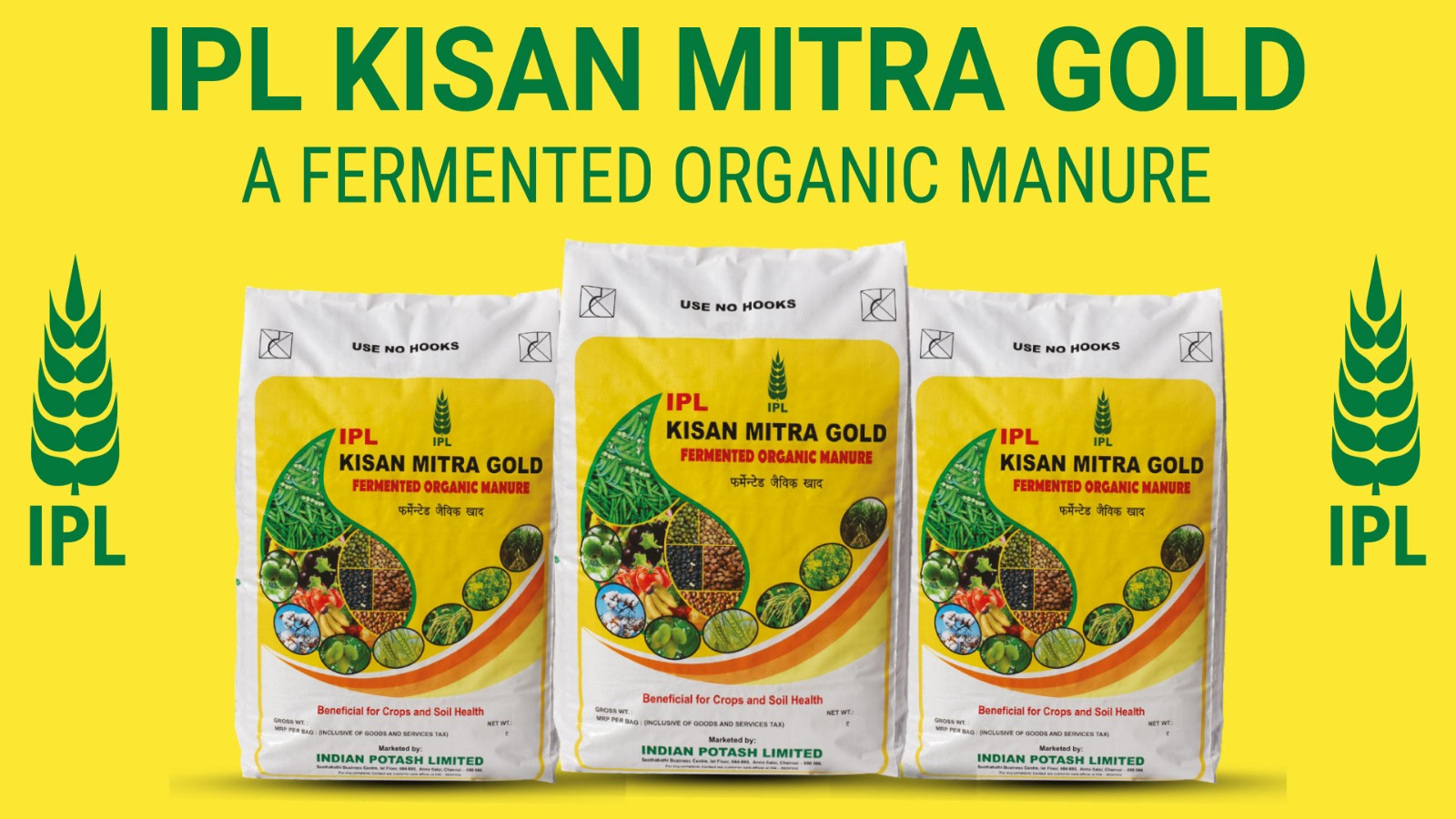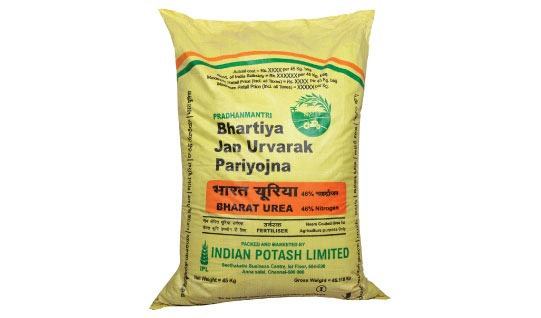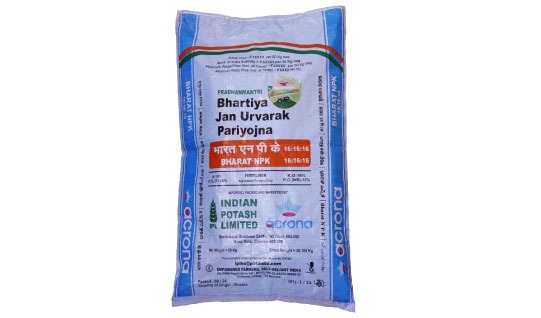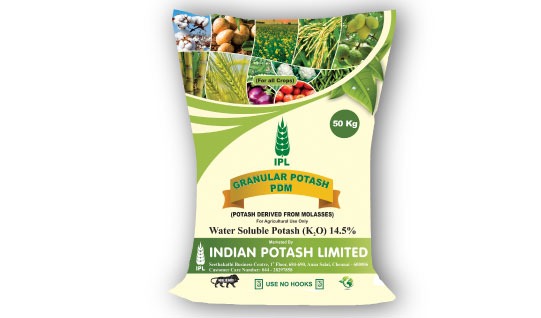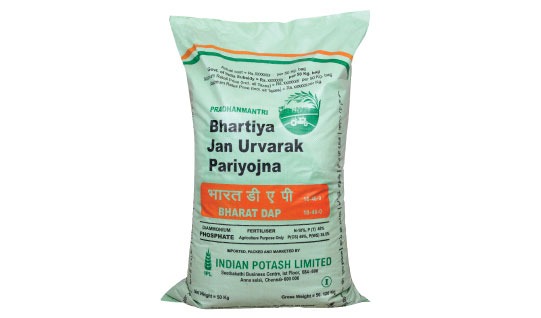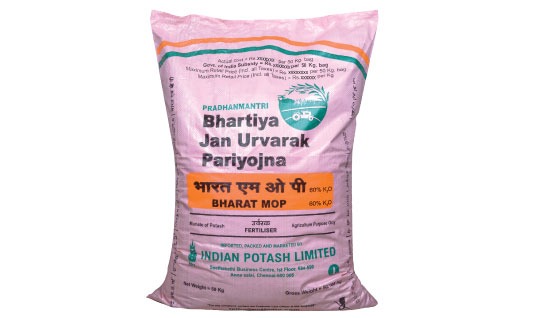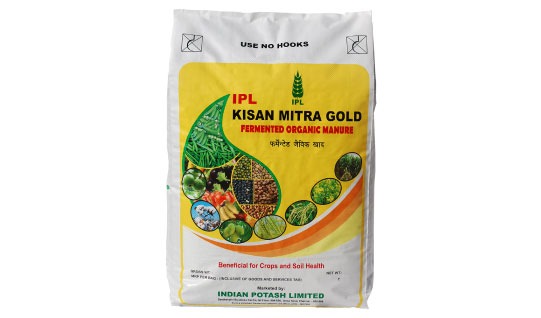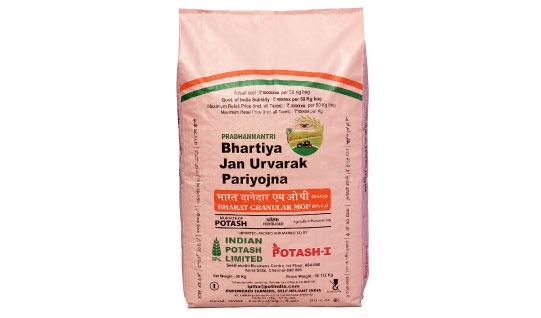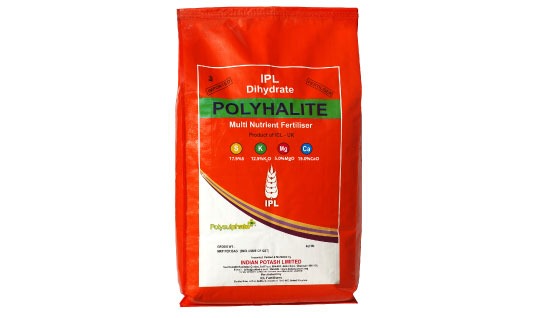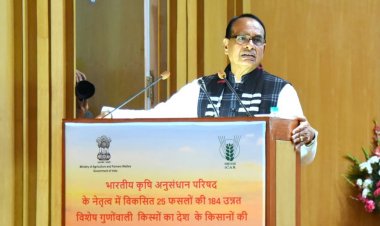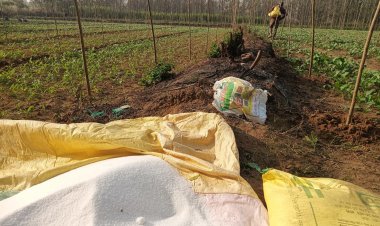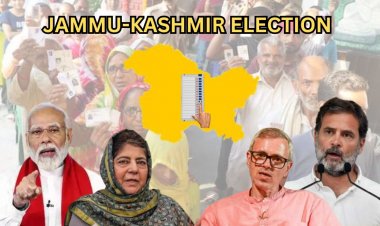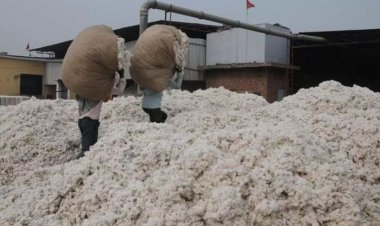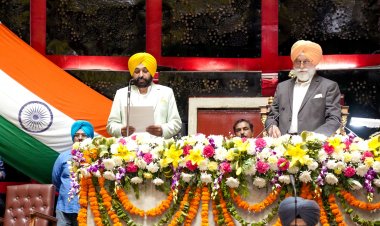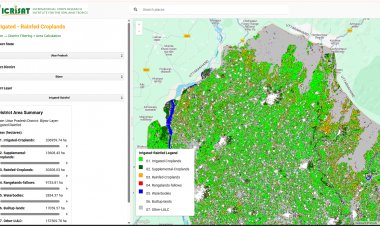India's Retail Inflation Hits Over Six-Year Low at 2.8%, Food Prices Drive Dramatic Fall
Food prices, which account for nearly half the Consumer Price Index (CPI) basket, cooled to 1.5% in May — the lowest since October 2021 — down from 2.1% in April. The most pronounced drop came from vegetables, where prices fell 13.7% year-on-year, led by potatoes (-20.3%), onions (-10.7%) and tomatoes (-26.2%)
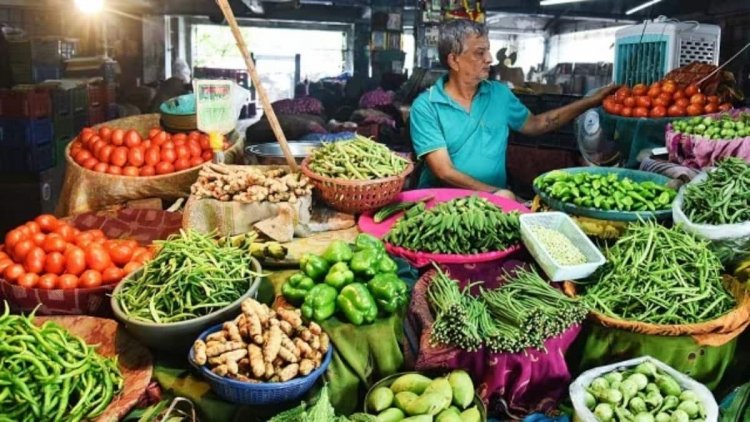
India’s retail inflation plunged to a 75-month low of 2.8% in May 2025, marking the sharpest cooling in price pressures since February 2019 and offering significant relief to households and policymakers alike. A steep drop led to the decline from April’s 3.2% print in food inflation, though experts caution that the outlook remains heavily dependent on the progress and distribution of the monsoon.
“This is a substantial easing of price pressures,” said Rajani Sinha, Chief Economist at CareEdge. “The moderation in food prices is the biggest driver, but sustaining this trend will depend on how the monsoon pans out, especially in July and August.”
Food prices, which account for nearly half the Consumer Price Index (CPI) basket, cooled to 1.5% in May — the lowest since October 2021 — down from 2.1% in April. The most pronounced drop came from vegetables, where prices fell 13.7% year-on-year, led by potatoes (-20.3%), onions (-10.7%) and tomatoes (-26.2%).
Pulses saw deflation deepen to -8.2%, while spices fell 2.8%. Cereal inflation also eased to 4.8%. As a result, the cost of both vegetarian and non-vegetarian thalis dropped by nearly 6% compared to a year ago, according to Crisil’s Thali Index.
“The deflation in core food categories has directly relieved consumers,” said Sankar Chakraborti, CEO of Acuité Ratings & Research. “This will help improve consumption sentiment in the near term.”
Monsoon: The Crucial Variable
India Meteorological Department (IMD) has forecast an above-normal monsoon at 106% of the long-period average (LPA), which should support sowing in the upcoming kharif season and keep food inflation contained.
However, early signals are mixed. “The monsoon has lost some steam in June, with a cumulative rainfall deficit of 34% so far,” said Upasna Bhardwaj, Chief Economist at Kotak Mahindra Bank. “July and August are crucial for crop sowing, and any disruptions in spatial or temporal distribution could reverse the current disinflationary momentum.”
Excluding volatile food and fuel components, core inflation eased slightly to 4.18% in May from 4.23% in April, but it remains above the 4% threshold since February 2025. Fuel inflation also softened marginally to 2.8%, aided by lower global crude prices.
“Brent crude staying in the $65–$70 per barrel range should keep input costs in check,” said Sinha, adding that global commodity prices remain a key risk.
Policy Implications: RBI Holds More Wiggle Room
The sharp drop in headline inflation has prompted expectations of further monetary easing by the Reserve Bank of India (RBI). Crisil projects average CPI inflation at 4% for FY26, down from 4.6% last year, while SBI Research expects inflation to remain in the 3.3%-3.5% range.
“The benign inflation trajectory keeps the window open for one more repo rate cut,” Crisil said in a note. The central bank has already cut rates by 100 basis points this year.
Still, others urge caution. “We expect the RBI to maintain a pause on rate actions at least until the December policy,” said Bhardwaj. “Frontloaded policy moves and limited room for incremental easing suggest a more cautious approach.”
Outlook Tied to Monsoon and Global Risks
While the data points to a welcome breather on inflation, experts stress that any resurgence in food prices, especially from erratic rainfall or global supply shocks, could limit the RBI’s room for further stimulus.
“The RBI will tread carefully. Growth support is essential, but the inflation target band must be respected,” said Chakraborti.
For now, the steep decline in food prices has created fiscal and monetary breathing space — but how long that lasts depends, quite literally, on the rains.



 Join the RuralVoice whatsapp group
Join the RuralVoice whatsapp group
